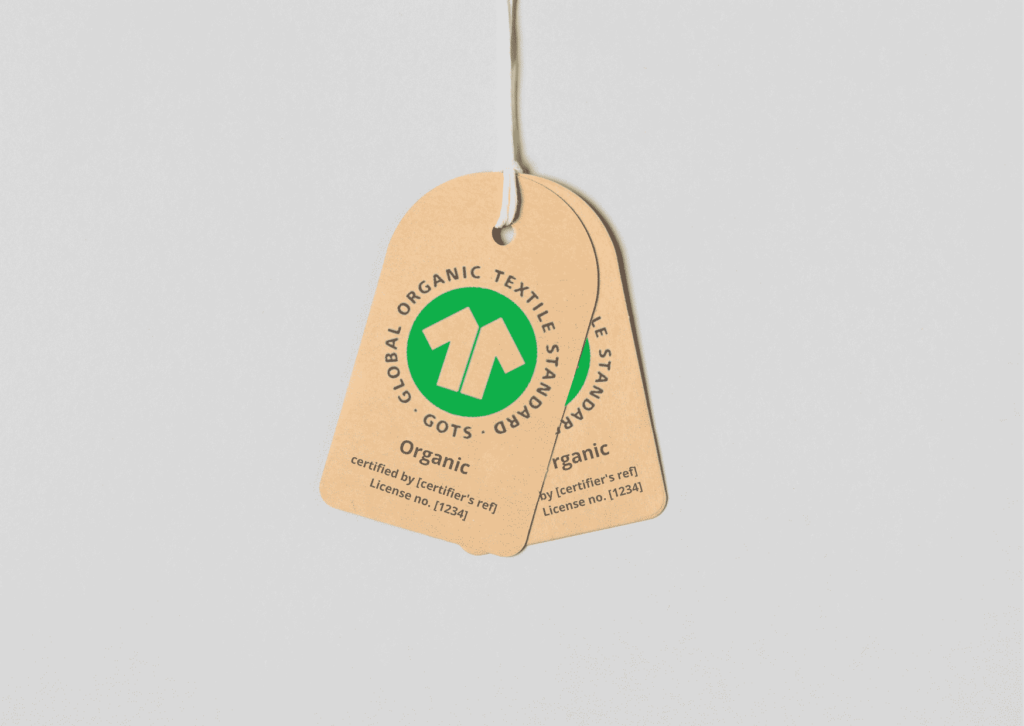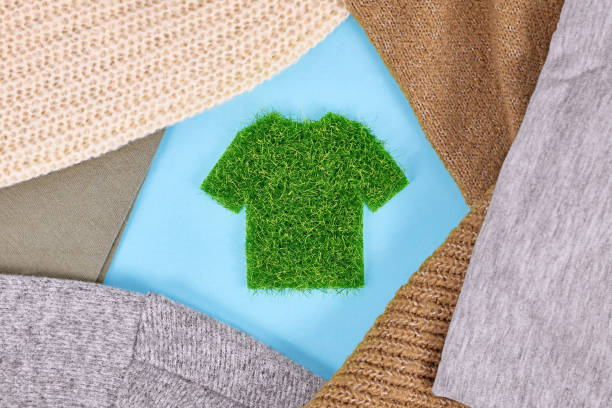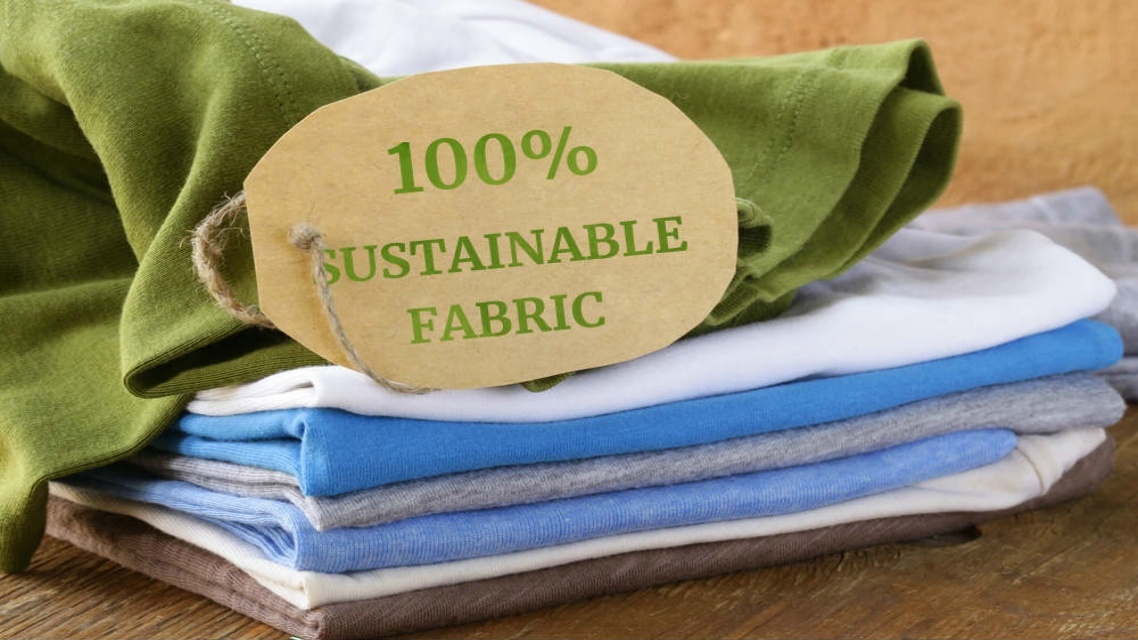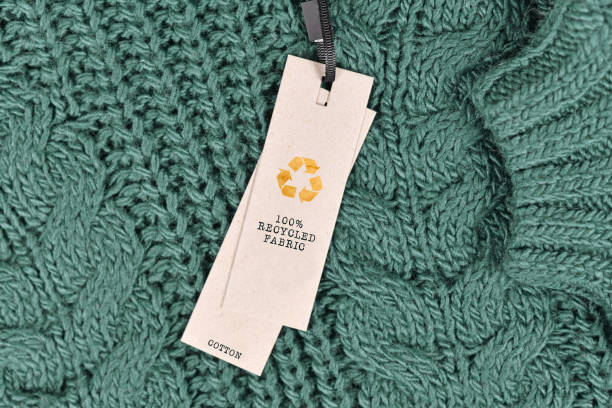The textile industry is undergoing a significant transformation as the demand for organic and sustainable materials continues to rise. Consumers are becoming more conscious of their environmental footprint, pushing manufacturers and designers to adopt greener practices. This shift is paving the way for the future of organic textiles, which promise both exciting growth and notable challenges.
The Rise of Organic Textiles
- Consumer Awareness and Demand
Over the past decade, there has been a marked increase in consumer awareness about the environmental and health impacts of conventional textile production. This awareness has fueled a growing demand for organic textiles, which are produced without the use of synthetic chemicals, pesticides, or genetically modified organisms. Consumers are now more inclined to purchase clothing, home textiles, and other fabric products that are labeled as organic and sustainable. - Environmental Benefits
Organic textiles offer numerous environmental benefits, including reduced water consumption, lower carbon emissions, and the preservation of soil health. Organic farming practices promote biodiversity and eliminate the use of harmful chemicals, leading to healthier ecosystems. These advantages make organic textiles an appealing choice for environmentally conscious consumers and businesses.

Growth Prospects in the Organic Textile Market
- Market Expansion
The global organic textile market is projected to experience substantial growth in the coming years. This expansion is driven by increasing consumer demand, favorable government policies, and the rise of sustainable fashion brands. According to recent market research, the organic textile market is expected to grow at a compound annual growth rate (CAGR) of over 10% through 2030. - Technological Innovations
Technological advancements are playing a crucial role in the growth of the organic textile industry. Innovations in organic farming, fiber processing, and sustainable dyeing techniques are making it easier and more cost-effective to produce high-quality organic textiles. For example, companies are developing eco-friendly dyes and finishing processes that minimize water usage and chemical waste. To learn more about these innovations, read our blog on Innovative Fabric Dyeing Techniques: Transforming Textiles Sustainably. - Fashion Industry Adoption
The fashion industry is a major driver of the organic textile market. Many leading fashion brands are incorporating organic fabrics into their collections, promoting sustainability as a core value. This trend is not only limited to high-end fashion but is also evident in fast fashion and everyday wear, making organic textiles accessible to a broader audience.

Challenges in the Organic Textile Industry
- Higher Production Costs
One of the primary challenges facing the organic textile industry is the higher production cost compared to conventional textiles. Organic farming requires more labor-intensive practices and often yields lower crop outputs. These factors contribute to higher prices for organic raw materials, which can be a barrier for both manufacturers and consumers. - Supply Chain Complexity
Establishing a reliable supply chain for organic textiles can be complex and challenging. Ensuring that every step of the production process, from farming to finished product, adheres to organic standards requires stringent monitoring and certification. This complexity can lead to increased costs and logistical difficulties. - Certification and Standards
Obtaining organic certification involves rigorous standards and compliance checks. Different regions have varying certification requirements, which can create confusion and inconsistency in the market. Ensuring transparency and maintaining the integrity of organic labels is crucial for building consumer trust.

Sustainable and Biodegradable Textiles
The future of organic textiles is closely linked to broader sustainability goals. The development of biodegradable fabrics and sustainable cloth materials is gaining traction as part of the industry’s efforts to reduce environmental impact. For a deeper understanding of these materials, explore our blog on A guide to sustainable cloth materials and Biodegradable Fabrics- A comprehensive guide.
Conclusion
The future of organic textiles is promising, with significant growth potential driven by consumer demand, technological innovations, and the fashion industry’s shift towards sustainability. However, the industry must navigate challenges such as higher production costs, supply chain complexities, and certification requirements to fully realize its potential.
For high-quality organic textiles and comprehensive sourcing solutions, visit locofast.com. Locofast is committed to providing sustainable and eco-friendly fabrics that meet the highest standards of quality and environmental responsibility. Explore their website to learn more about their products and how they can support your journey towards a more sustainable future in textiles.
